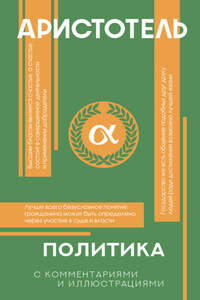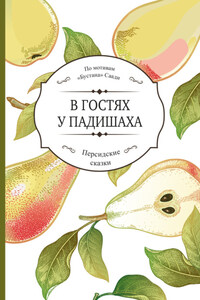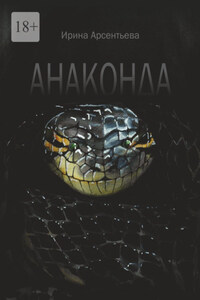CONSIDERING that this short study can claim to be nothing more than a rapid and somewhat summary survey of the history of The Book, it eschews all controversial matter, nor does it pretend to convey much fresh information to those already possessing a special knowledge of the subject. It is rather a condensed, but at the same time, it may be hoped, a useful, compendium of the thousand unknown or now forgotten essays, involving endless contradictory statements, that have been issued on this theme. The mere enumeration of such works would simply suffice to fill a volume. We have accordingly no intention to attempt a bibliography, satisfying ourselves with the modest avowal of having found so many documents in all languages, that the very abundance has been at least as embarrassing to us as the lack of materials may have been to others.
The Book appealing in its present form to a special public interested more in artistic than in purely typographical topics, our attention has been more particularly given to the illustrators, the designers, engravers, etchers, and so forth. Such graphic embellishment seemed to us of more weight than the manufacture of the paper, the type-casting, the printing properly so called. This technical aspect of the subject has been very briefly dealt with in a separate chapter, and has also been enlarged upon in the early section. To the binding also we have devoted only a single chapter, while fully conscious that a whole volume would not have sufficed merely to treat the subject superficially.
At the same time, we would not have the reader conclude from all this that our book abounds in omissions, or has overlooked any important features. The broad lines, we trust, have been adhered to, while each section has been so handled as to give a fair idea of the epoch it deals with. This is the first attempt to comprise within such narrow limits an art and an industry with a life of over four centuries, essaying to describe its beginnings and its history down to our days, without omitting a glance at the allied arts.
The engravings selected for illustration have, as far as possible, been taken from unedited materials, and have been directly reproduced by mechanical processes, while fifteen new illustrations, having special relation to the history of the Book in England, have been added to this edition, which is also considerably enlarged in the text on the same subject.
Origin of the Book – Engravers in relief – The St. Christopher of 1423 – Origin of the Xylographs – The Xylographs, Donatus, and Speculum– The Laurent Coster legend – From block books to movable characters – John Gaensefleisch, called Gutenberg – The Strasbourg trial – Gutenberg at Mayence – Fust and Schoeffer – The letters of indulgence – The Bible – The Catholicon – The Mayence Bible – Causes of the dispersion of the first Mayence printers – General considerations.
LIKE its forerunner, Painting, the Book has ever been the most faithful reflection of the times when it was written and illustrated. Natural and genuine from the first, and simply embellished with crude illustrations, it assumed in the sixteenth century the grand airs of the Renaissance, gay or serious according to circumstances, decked in what were then called histoires– that is to say, wonderful engravings – and daintily printed in Gothic, Roman, or choice Italic characters. But at the close of the century it had already abandoned wood for line engravings, heightening its mysticism or its satire at the whim of passing politics and religious wranglings. Then, under the influence of the painters and courtiers of the Grand Monarque, it becomes completely transformed, donning the peruke, so to speak, indulging in allegory and conventionalities, pompous and showy, tricking itself out in columns and pilasters instead of the old arabesques and scroll work of the Renaissance, thus continuing amid the coquetries of the regency, the pastorals and insipidities of the following reigns, until at last it suddenly assumes with the heroes of the Revolution the austere mien and airs of classic art. The Book has always been as closely connected with the manners of our predecessors as art itself. The artist submits more than he thinks to the tendency of his surroundings; and if he at times makes his taste appreciated, it is because he has more or less received his first influence from others.
In the sixteenth century the fashion of emblematic representation placed under the portrait of Gaston de Foix a figure of a young plant in full bloom; and the inscription in Latin was "Nascendo maturus" – "Mature at birth." The Book deserves the same device; from its first day up to now it is a marvel of simplicity and harmony. The tentative efforts which preceded the discovery of printing were but few; it may be said that from the moment that Gutenberg conceived the idea of separating the characters, of arranging the words in the forme, of inking them, and of taking a proof on paper, the Book was perfect. At best we see in following times some modifications of detail; the art of printing was mature, mature from its birth.








